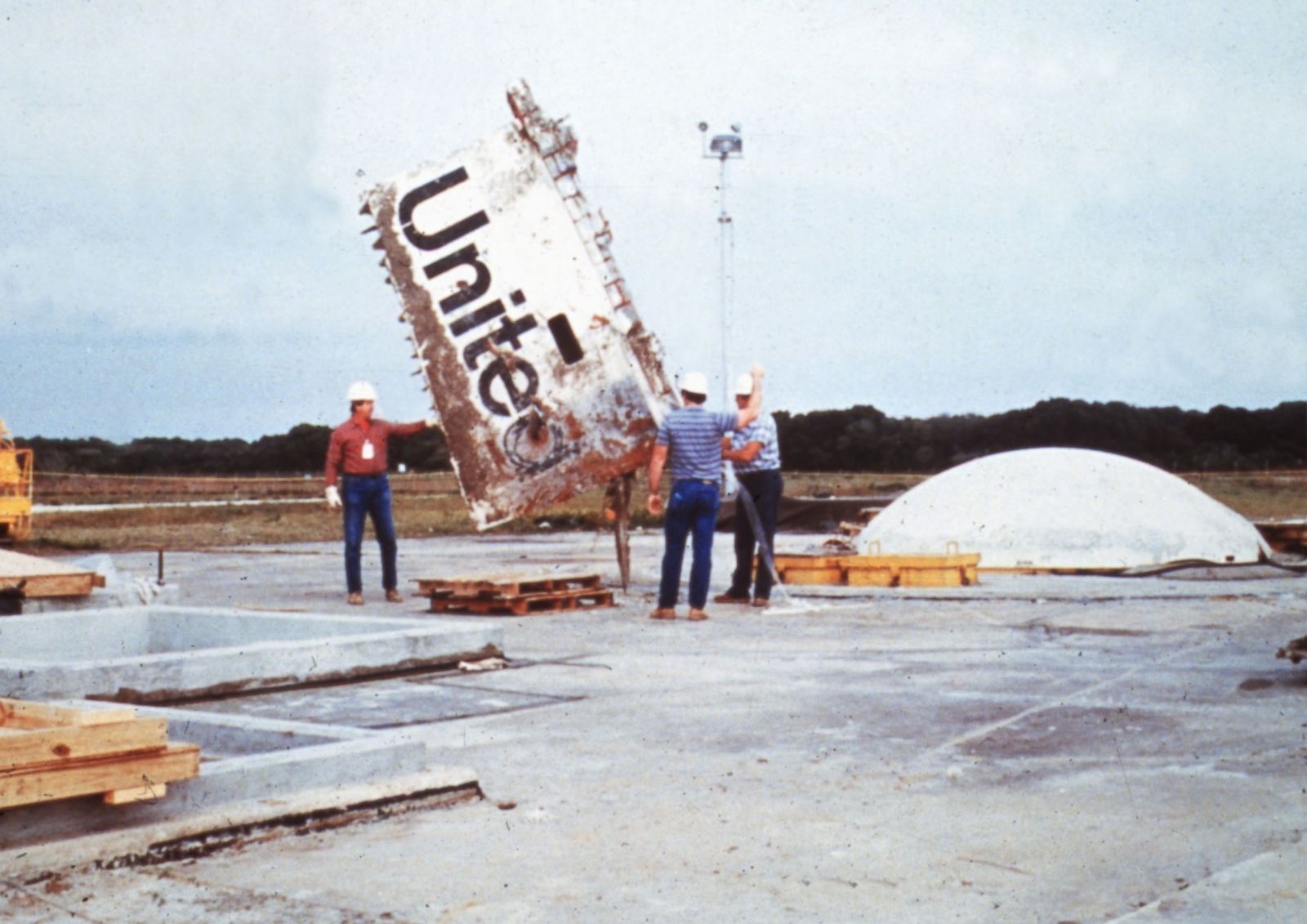

It was unusually cold on the morning of the Space shuttle's launch.

Criticality 1 parts were also not allowed to rely on a backup part for safety - this meant that the backup O-ring in the booster was not good enough to keep the astronauts safe. The company that built the boosters, Thiokol, had been working on a fix but had not told NASA even though the O-rings were "criticality 1" parts, meaning that if they should fail to do their job, the rocket would be destroyed. However, it was also found that the rubber O-rings would shift under the forces of lift-off and form a seal anyway, which was called "extrusion", so the problem was not seen as serious by NASA.īlow-by of the O-rings had been seen on early Shuttle flights, and a pattern was noticed by the engineers who built the boosters: more blow-by happened in cold temperatures. This was called "joint rotation", and if the "blow-by" of the hot gases against the O-rings was bad enough it could have destroyed the ring and caused the booster to explode. When the boosters were tested in 1977, however, the force caused by the pressure inside the booster made the steel parts bend away from each other at the field joints, breaking the O-ring seals and allowing the hot gases to escape. Each booster had three field joints, and each joint had two rubber O-rings, a main and a backup, that circled the booster.
#Nasa space shuttle challenger disaster skin
The O-ring was a part of the Shuttle's solid rocket booster that, when working correctly, stopped hot gas escaping through joins in the booster's steel skin called field joints. However, he was reassigned to this flight and replaced by Congressman Bill Nelson. Another crew member of this mission, Gregory Jarvis, was originally going to fly on the previous shuttle flight ( STS-61-C). She was going to carry out several lessons from space as part of the Teacher in Space Project and Shuttle Student Involvement Program (SSIP). One of the crew members was Christa McAuliffe, a civilian teacher. It was also going to carry out the first flight of the "Shuttle Pointed Autonomous Research Tool for Astronomy" (SPARTAN-203) / Halley's Comet Experiment Deployable in order to observe Halley's Comet.
#Nasa space shuttle challenger disaster series
STS-51-L was scheduled to deploy the second in a series of Tracking and Data Relay Satellites. The mission of the flight that ended in disaster was named STS-51-L. Shuttles stopped flying for two and a half years. During the flight, hot gases escaped from the O-ring and made it break apart. The cause of the explosion was a part called an O-ring that broke in the right solid rocket booster. It was the 25th flight of a Space Shuttle. The Space Shuttle Challenger disaster occurred on January 28, 1986, when the NASA's Space Shuttle Challenger broke up 73 seconds after liftoff.


 0 kommentar(er)
0 kommentar(er)
